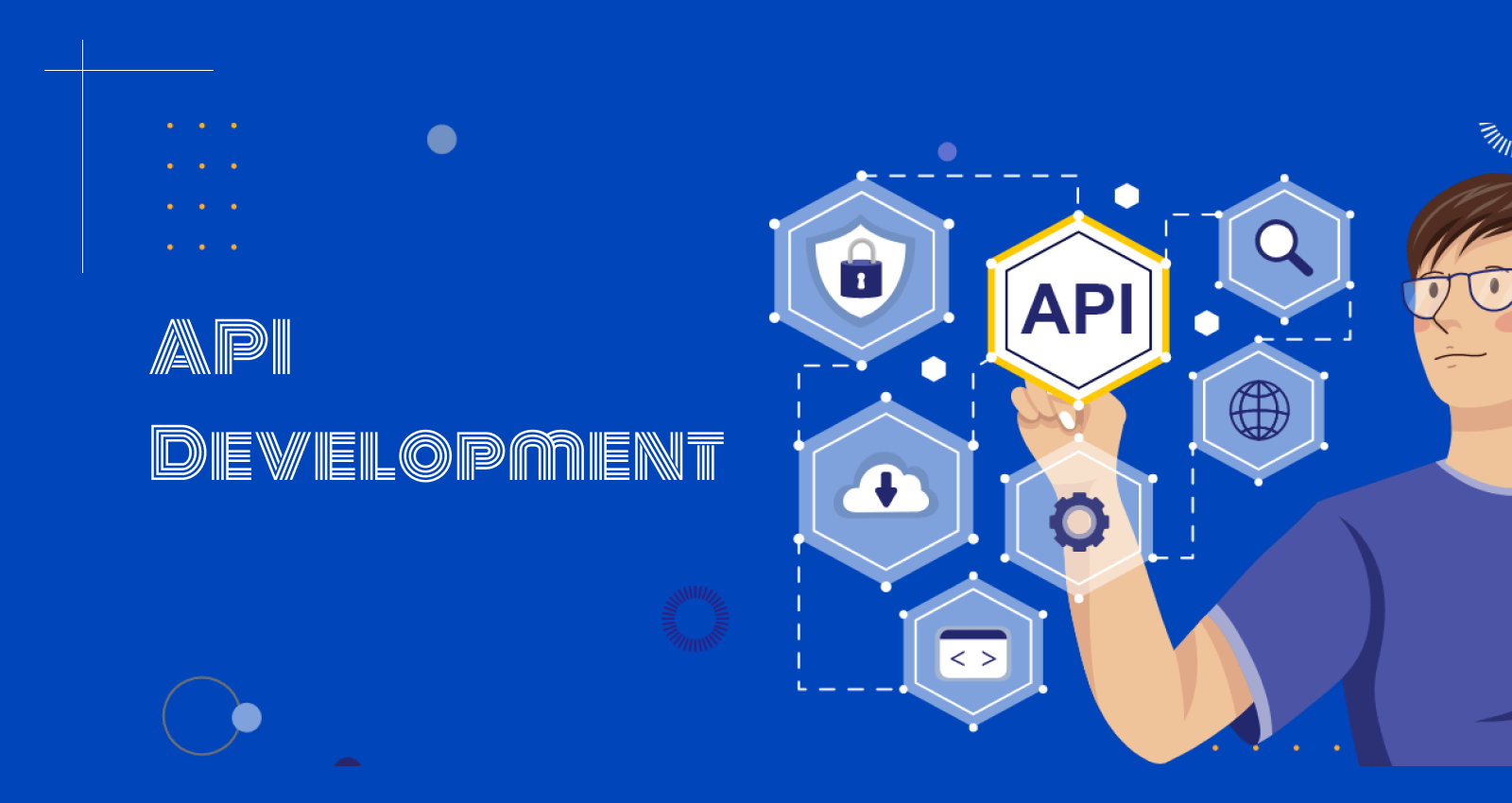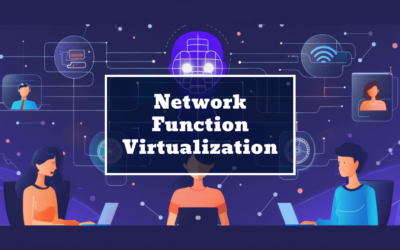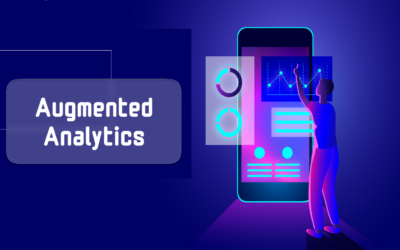A Guide to APIs Development

Introduction
In today’s digital world, the way applications communicate and share data is crucial. This communication is made possible through APIs, or Application Programming Interfaces. Whether you’re a business looking to streamline operations or a developer building new software, understanding API development is essential. This guide will break down the basics of APIs, types, security measures, development tools, and more, using simple language to ensure clarity.
There’s No Growth Without Communication
Effective communication among employees is well known to boost productivity. This concept, often emphasized in school, shows that teamwork and brainstorming lead to better results. As businesses seek growth, a similar question arises: “What if software programs could communicate? How could this benefit us?”
Given that most office workers use multiple programs daily, enabling these programs to communicate makes sense. This would save time spent on transferring data between programs and tracking changes across different platforms. The solution to this challenge is the use of APIs, which facilitate communication between software applications.
What is an API and How Does It Work?
An API, or Application Programming Interface, is a set of rules and tools that allows different software applications to communicate and interact with each other.
In simple terms, an API lets developers access the functions of one application from another. Think of an API as a bridge that carries requests and responses between applications.
APIs work by establishing rules for how software programs can communicate. This involves defining endpoints, which are specific URLs corresponding to different functions or resources in the application. When a request is made to an endpoint, the API processes it, performs the necessary actions, and returns the results to the requesting application.
What Types of APIs Are There?
In today’s programming world, four main types of APIs are commonly used to enable communication between programs. Each type has its own advantages and disadvantages, making it essential to choose the right one based on your specific needs, requirements, and preferences. The four types are:
1) Public API (Open API)
Public APIs, also known as Open APIs, allow external developers to access a company’s services or data. They are called “open” because they do not require special permissions, making them easy to integrate. By providing open access to their APIs, companies can encourage innovation and expand the use of their services.
For example, in banking, open banking APIs let third-party developers access a bank’s financial services and data. These APIs enable developers to create apps with features like account aggregation and payment processing, enhancing the banking experience for consumers.
2) Private API (Internal API)
Private APIs, unlike open APIs, are restricted for use within an organization. These APIs are not available to external developers without specific permissions. They are primarily used to enable communication between internal systems, services, or applications within a company.
By limiting access to private APIs, organizations can ensure high levels of security, compliance, and confidentiality for their proprietary data and processes. For example, in custom software development, private APIs are often used to integrate tailored solutions that meet the specific needs of a business.
3) Partner API
Partner APIs are communication protocols available to specific partners or developers with established relationships with a company. These APIs enable collaboration, integration, and data sharing between the company and its trusted partners, allowing them to securely use each other’s resources.
By providing partner access to these APIs, companies can strengthen partnerships, streamline workflows, and extend the value of their services beyond their internal ecosystem.
4) Composite API
Composite APIs differ from the previous types by consolidating data or functionalities from multiple sources into a single API endpoint.
Simply put, composite APIs simplify complex tasks by combining information from different systems or services. They offer a unified interface that makes it easier to access various resources, thereby improving development efficiency and streamlining client applications.
How to Secure an API?
Securing an API is crucial for safeguarding its integrity and protecting data. Initially, authenticate users using methods such as API keys or OAuth tokens. Next, encrypt data using HTTPS to thwart unauthorized access during transmission. Lastly, enforce access controls like rate limiting and IP whitelisting to manage resource access and prevent misuse effectively.
What is API Development?
API development is about creating interfaces that enable software applications to communicate. It includes defining rules and protocols for integrating diverse systems, facilitating data exchange, and sharing functionalities between applications.
Tools for API Development
In API development, IT engineers have access to a wide range of tools, too many to cover comprehensively here. However, we’ll focus on a few essential solutions commonly used:
Postman
Postman stands out as one of the most popular tools for API development. It enables developers to design, test, and document APIs efficiently. With its user-friendly interface, developers can send requests, inspect responses, and automate API testing workflows. Postman is indispensable for projects of any size or complexity, making it a vital tool in the API development toolkit.
Swagger
Formerly known as Swagger, now OpenAPI, it remains a top choice for API design and documentation. It offers specialized tools to define API specifications, including endpoints, request and response formats, and authentication methods. Swagger’s standout feature is its ability to generate interactive API documentation from these specifications, which developers and API consumers find highly valuable due to its clarity and user-friendly interface.
Insomnia
Insomnia is a versatile API development tool with robust features for designing, testing, and debugging APIs. Like other tools, it features a user-friendly interface for creating requests, inspecting responses, and managing API workflows. Insomnia is particularly noted for its strong support of various authentication methods, making it easier to test APIs with different authentication requirements. Additionally, it supports developer collaboration by allowing real-time synchronization of changes in API projects.
What are Microservices in API Development?
In API development, microservices refer to an architectural approach where complex applications are constructed from small, independent services.
Each microservice focuses on a specific function and interacts with others via lightweight APIs. This approach enhances agility, scalability, and resilience in software development.
API Development Costs: What to Consider
The cost of API development varies depending on several factors. These include the project’s complexity, customization requirements, and the expertise of the developers involved. Development costs primarily stem from tasks like design, testing, and deployment.
Experienced developers often command higher hourly rates, and infrastructure costs such as hosting, and maintenance fluctuate based on scalability and performance needs.
Additionally, investing in security, documentation, and ongoing support is crucial to ensure the API’s usability, which can increase overall development expenses.
Looking for API Development Assistance?
Companies are increasingly turning to APIs for their efficiency-boosting benefits. However, setting up API connections can be complex without the right resources.
Fortunately, you can now outsource API development to experts who specialize in connecting systems and applications for you. For instance, Stridefuture Technologies offers a dedicated software development team ready to handle all your API requirements. Whether you need help setting up API frameworks or ongoing support, we’re here to assist you every step of the way.
Conclusion
APIs are the backbone of modern software communication, enabling different applications to interact seamlessly. Understanding API development, from the basics of how APIs work to the tools and costs involved, is essential for businesses and developers alike. Whether you’re looking to integrate existing systems, build new functionalities, or enhance security, a well-developed API can significantly impact your success. If you need assistance, don’t hesitate to reach out to experts who can help you navigate the complexities of API development.
Are you looking for any IT Services such as Software Testing, Web design and Development, Professional/Staff Augmentation Services, Cloud Computing, Mobile App Development, Digital Marketing Services and more? Connect Stridefuture Technology, which helps to meet your requirements.
{StrideFuture Technology, a full-service company specializing in Software Solutions and Consultancy services. We specialize in Personal, Business, IT Services, Software Testing, Web design and Development, Mobile App Development, Digital Marketing Services, and much more you can dream Virtually with us! Reach out for more service at StrideFuture Technology.}









